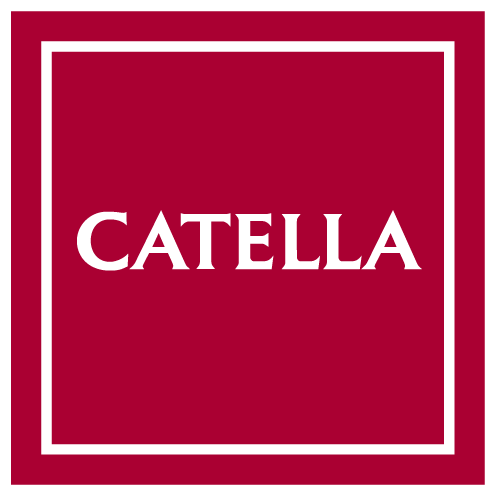One of the longest economic recoveries in modern time ended abruptly in March. This recovery driven by primarily economic policy, mainly monetary policy, ended as many countries imposed tough restrictions to limit the spread of the virus. The normal economic cycle since after the Second World War has been that economies grow until they reach their full capacity and then have had rising inflation that central banks then have had to fight with restrictive monetary policy. The economic outcome this time is very different and means a higher degree of uncertainty than previously in history.
In March as economies shut down, it became apparent that the world economy is heading into a recession. A recession is the market's worst (and perhaps only) enemy, and the violent repricing of asset markets that we saw in March is hence logic. The Stockholm Stock Exchange fell by over 30 percent during the course of a month and was even more dramatic in the corporate bond market where high yield bonds sold off more than 10 percent during the same time period. To meet the weaker economic growth governments have stimulated with fiscal policy, as well as central banks with monetary policy and the recovery in the markets has to some extent been larger and quicker than most market participants anticipated. Portfolios consisting of Swedish equities and corporate bonds at the half year mark trade at levels that are higher than at the start of 2019. The outlook for companies' profits and cash flows is however worse than at the start of 2019 and valuations of those assets are high from a historic perspective.
The high valuations are often explained by the "risk free" alternative, i.e. government bonds whose returns don't even compensate for inflation. Within the equity market there is another clear picture. The valuation differential between different companies has never been wider than today. For example companies that are deemed to be stable and that grow the market and these companies are the ones making the market expensive. More cyclical companies or companies that have low or no growth have a valuation that is historically low. The difference between "expensive" and "cheap" companies are hence the largest that have been observed. Explanations that have been put forward are that the future growth is expected to lower and that the willingness to pay for what actually grows is larger than what it has been historically. Another explanation is that when interest rates are low as today the profits and cash flows are of lesser importance for a company's valuation.
We, and many with us, have as a basic foundation to buy assets that are deemed to be cheap. With cheap means companies that are cheap compared to their own history and compared to other assets from a historical perspective. This strategy has not worked well during the last period, despite being well documented in theory and practice. We still continue to believe that it is a logical approach when managing assets and that it provides a good foundation for being able to work in the future.

